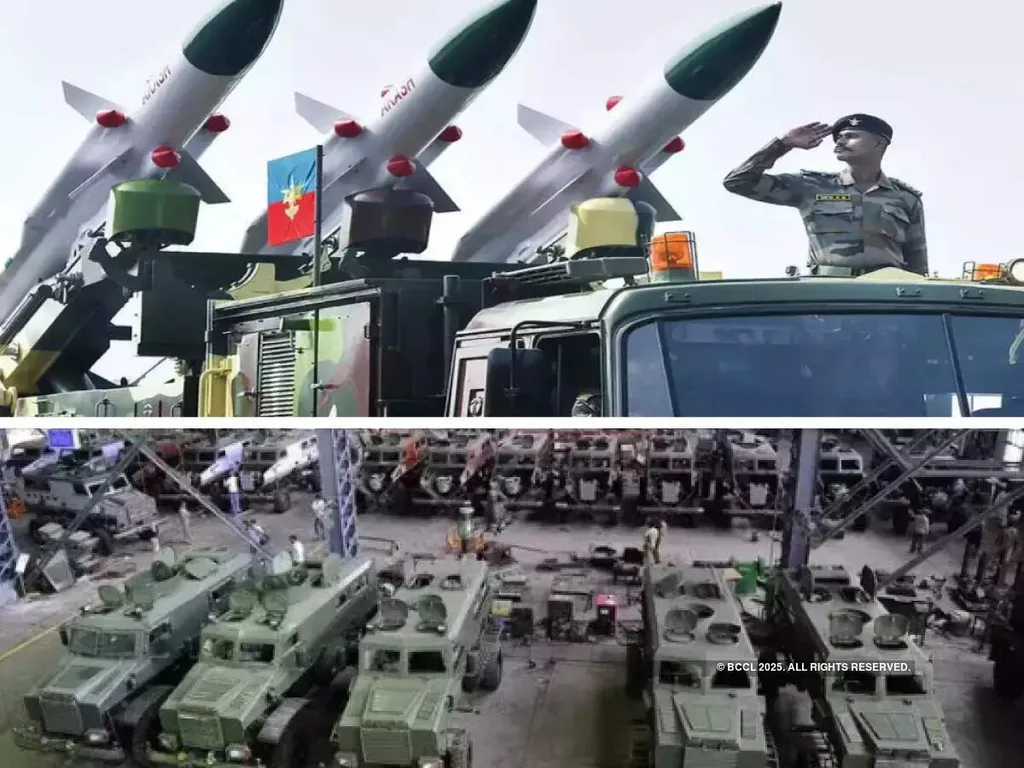India’s pursuit of self-reliance in defence technology has reached a pivotal moment, marked by both remarkable progress and persistent challenges. Dr. B.K. Das, Director General of Electronics and Communication at the Defence Research and Development Organisation (DRDO), outlined the nation’s journey from dependence to innovation, highlighting the critical role of domestic capabilities in shaping the future of Indian defence.
The shift from foreign reliance to homegrown systems has been driven by necessity and determination. Dr. Das recalled how early defence development faced repeated technology bans, forcing India to reverse-engineer and innovate. “Initially, we were dependent on external technologies to achieve rapid progress. However, the moment we started indigenous programs like Agni, we faced technology bans—starting with radar components and later specific modules such as T-R modules and receivers,” he said. Each restriction became a catalyst, pushing Indian scientists to develop their own solutions. “When we made our own T-R modules, new restrictions came up on DC-DC converters. Each ban only pushed us further toward self-reliance,” he added.
Today, DRDO has made significant strides in weapon manufacturing and system integration, supported by a growing domestic supply chain and public-private collaboration. “Our industry partners are now capable of producing advanced systems collaboratively,” Dr. Das said, crediting government initiatives for fostering innovation. Yet, he acknowledged that complete self-reliance remains elusive, particularly in semiconductors and microchips—critical components for advanced defence electronics.
To bridge this gap, the National Semiconductor Mission, launched under the Prime Minister’s leadership, aims to establish a domestic ecosystem for chip manufacturing. “This mission aims to make India self-sufficient in semiconductor and wafer production. It is a long-term goal and cannot be achieved overnight,” Dr. Das noted. Achieving this requires sustained investment and collaboration among research institutions, industries, and government agencies. “The objective is not just to manufacture chips but to control every aspect of the technology—from design to production—within the country,” he explained.
Collaboration between DRDO and the Indian Space Research Organisation (ISRO) further underscores India’s commitment to technological advancement. Despite operating in distinct domains, both organisations share knowledge and resources to enhance efficiency. “ISRO’s primary focus is space, while DRDO’s is defence. But technology knows no barriers,” Dr. Das said. “We discuss, share experiences, and support each other whenever possible.” This synergy is evident in DRDO’s contributions to ISRO’s Gaganyaan human spaceflight mission, where key components are being developed for space applications.
Dr. Das emphasised that DRDO’s success in developing indigenous chips through facilities like GATECH and SSPL demonstrates India’s growing self-reliance. “Even when we faced bans on essential modules, our teams developed and manufactured them internally. Today, we are self-reliant in crucial technologies and can sustain this capability for decades,” he said. However, he stressed that true self-reliance means controlling every stage of the technology chain—a goal India is steadily pursuing.
As India continues to strengthen its defence capabilities, the journey toward complete self-reliance remains a work in progress. The lessons learned from past challenges and the ongoing collaboration between DRDO, ISRO, and industry partners will shape the future of Indian defence technology, ensuring that innovation and resilience remain at the forefront.

